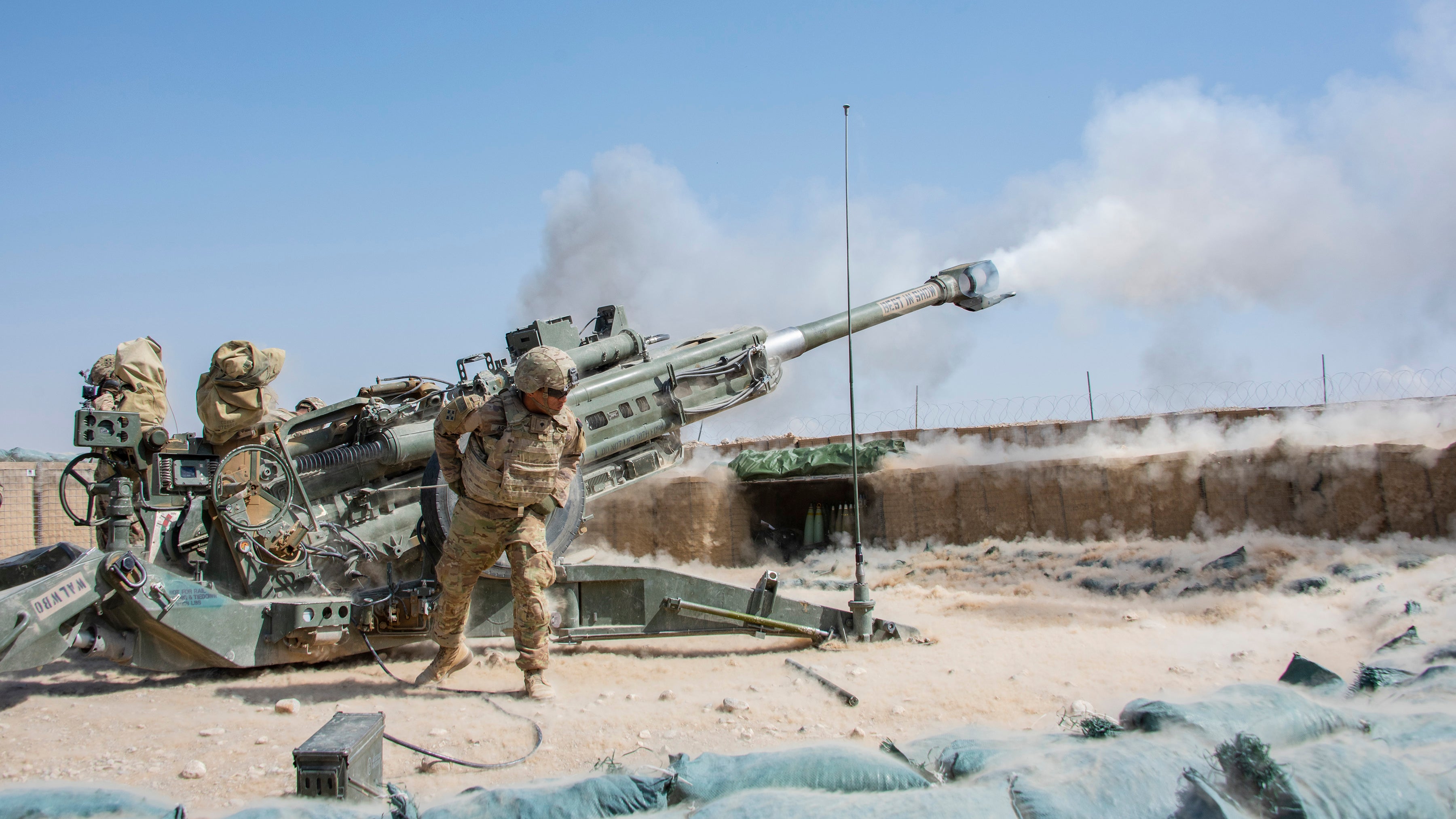Army Leaders Express Concerns about Funding
Army Leaders Express Concerns about Funding

Without the resources it needs, the Army could not sustain global commitments, maintain unit readiness or push forward with its modernization efforts, senior Army leaders said.
“We’re going to try to protect readiness at all costs, we’re going to try to protect as much modernization as we can at all costs, but there’s not a lot of room to maneuver in the Army budget,” said acting Army Secretary John Whitley.
The Biden administration continues to work on its fiscal 2022 budget request, so the Army’s budget is still not finalized, Whitley said April 27.
Speaking alongside Army Chief of Staff Gen. James McConville and Gen. Mike Murray, commander of Army Futures Command, at a virtual event hosted by the Center for a New American Security, Whitley said the Army takes up about 25% of the DoD budget but is responsible for more than half of the military’s current operating tempo.
Without the needed resources, the Army’s “current optempo would have to decline,” he said.
“The Army cannot sustain that level of commitment and operating tempo and readiness for such a wide range of things in a declining budget environment,” Whitley said. “That’s the simple math. All I’m laying out here is budget math.”
Like other chiefs before him, McConville said he’s “very, very concerned” about the size of the Army. With about 485,000 active Army soldiers and about 500,000 Army National Guard and Army Reserve soldiers, the force is about the same size as it was on 9/11, he said.
“We don’t have unconstrained resources, so where do you place the resources that you have?” he said.
The Army needs to find a balance, McConville said. “None of us are going to send our troops into combat that are not ready, without the proper training,” he said. “At the same time, we can’t mortgage the future for today, because as we look around the world, we see a very challenging future ahead.”
Murray agreed. “We don’t have two armies. We have the current Army, and the challenge is how do you transform the current Army into the future Army? There are risks along the way as you do that,” he said.
Over the past few years, the Army has worked hard to dig out of a “very serious readiness hole” because of sequestration, Whitley said. At the same time, it launched its most aggressive modernization effort in 40 years.
“On one hand, the Army is in a very good place,” he said. “The other view of the world is there’s a tremendous amount of risk in the Army’s budget today.”
Readiness gains are fragile and can “turn around on a knife’s edge,” he said. The Army also has largely self-funded its modernization by taking money—more than $55 billion over several rounds of reductions—from lower-priority programs and investing in its six modernization priorities.
“What that means now is a lot of what you might think would be excess or available resources, we’ve done that,” Whitley said.
Army modernization needs “consistent, sustained funding” to deliver leap-ahead equipment and technology into soldiers’ hands, he said.
“I think it was a prudent risk, but the simple fact is we took risks with the budget to get where we are today, so there’s not a lot of excess,” Whitley said.
As it braces for flat or declining budgets and some tough decisions ahead, the Army remains focused on its mission, McConville said.
“What we’re trying to do is find and produce the best Army we can with the resources that we’re going to get,” he said.

